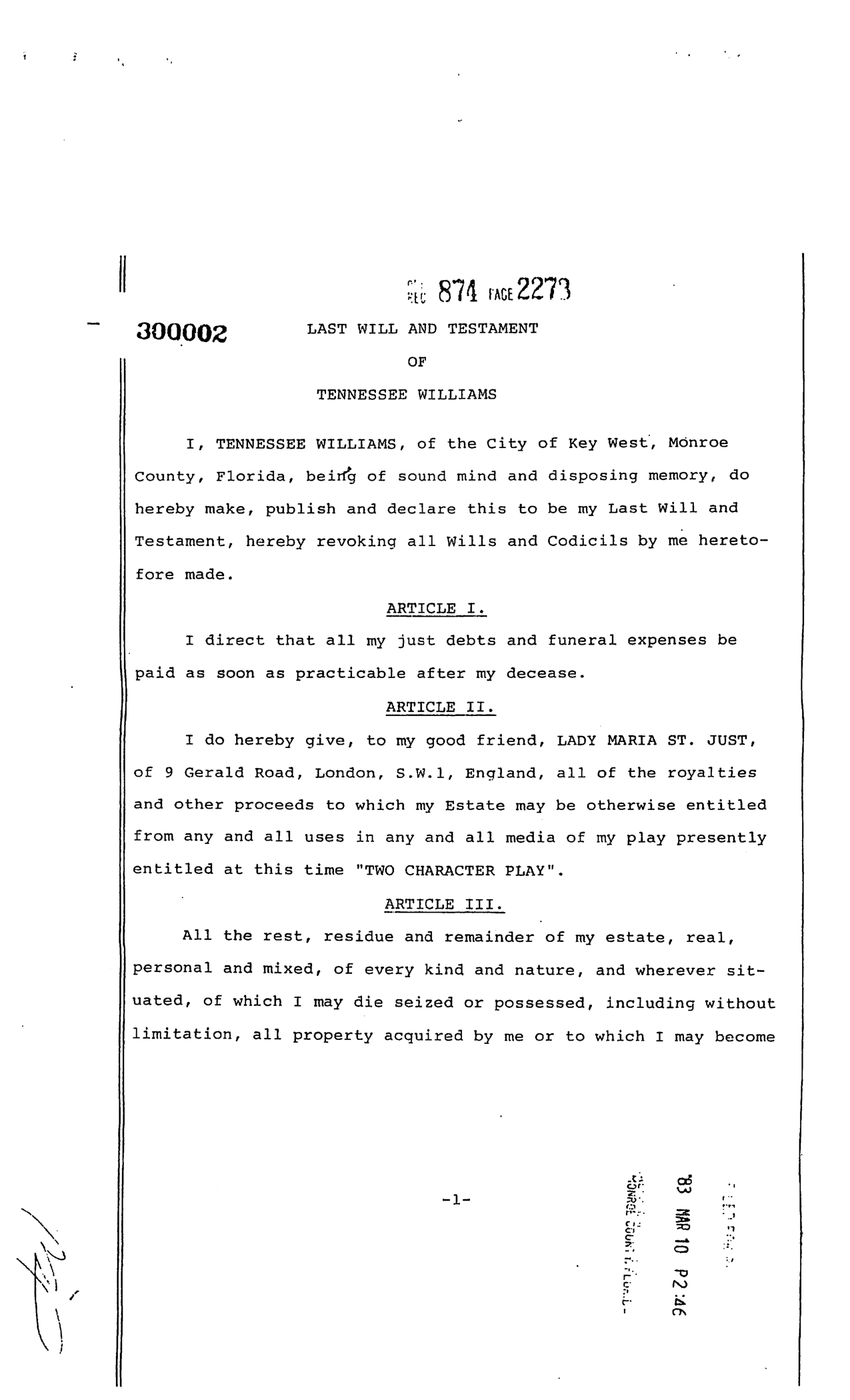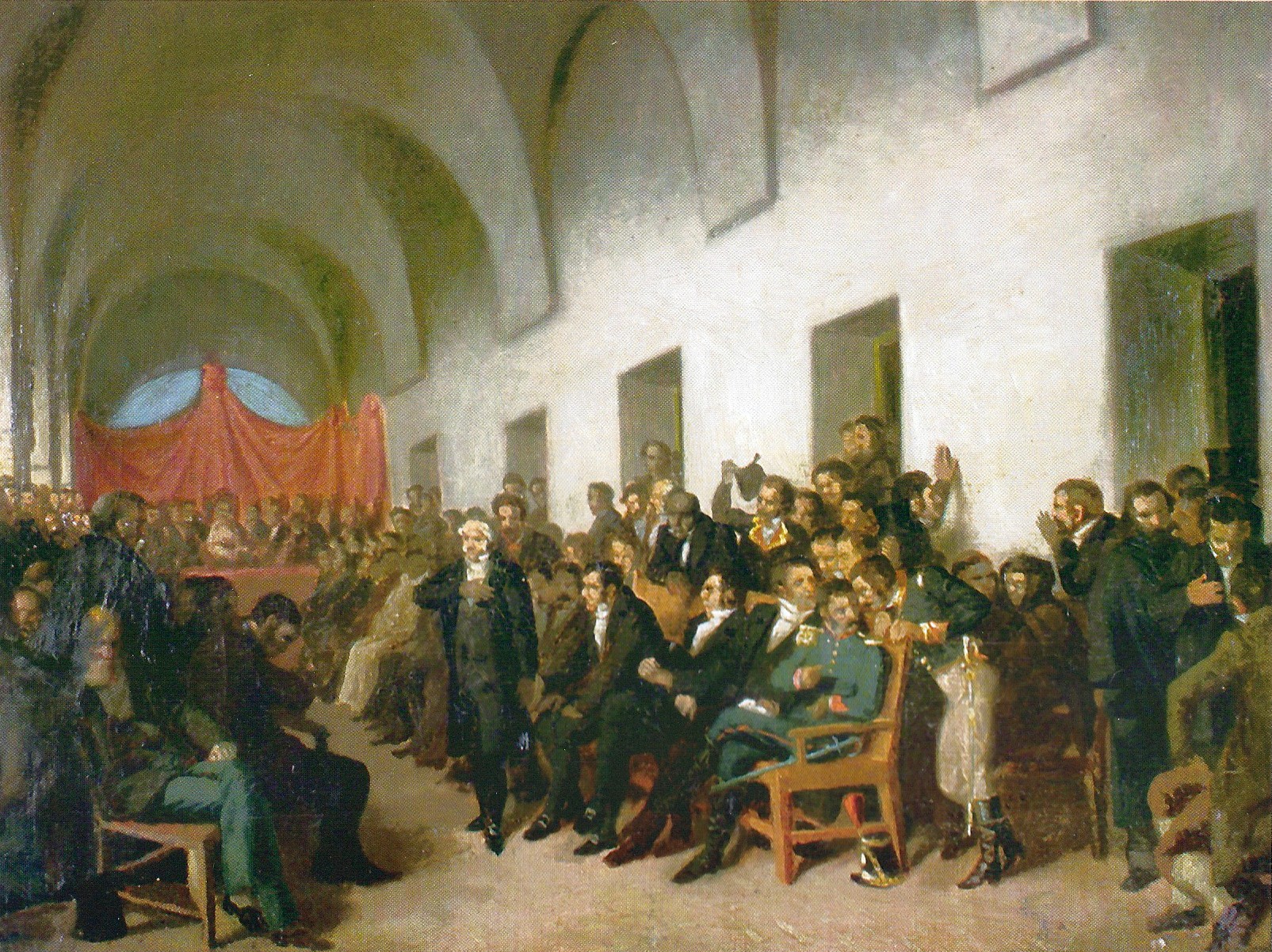|
Merlo, Buenos Aires
Merlo is the head city of the eponymous partido of Merlo and seat of the municipal government, located in the Greater Buenos Aires urban area of Buenos Aires Province, Argentina. The city was founded by Francisco de Merlo in 1755 and rebuilt by Juan Dillon in 1859. Merlo is divided in two distinctive regions: ''Merlo Centro'', a middle class district clustered around the train station; and the working class barrios, most of them along the Reconquista River. The administrative and commercial center is around the main avenue, ''Avenida del Libertador General San Martín''. This tree-covered avenue stretches seven blocks from the railway station to the historic district and has few buildings reaching over two storeys in height. Merlo is bordered by Moreno and Paso del Rey—both cities in Moreno Partido—and the Reconquista River (northwest), San Antonio de Padua (north), Libertad and Parque San Martín (east) and Mariano Acosta (south). History The origin of Mer ... [...More Info...] [...Related Items...] OR: [Wikipedia] [Google] [Baidu] |
List Of Cities In Argentina
This is a list of city, cities in Argentina. List of Argentine cities Over 150,000 inhabitants 45,000 to 150,000 inhabitants This is a list of the localities of Argentina of 45,000 to 150,000 inhabitants ordered by amount of population according to the data of the 2001 INDEC Census. * San Nicolás de los Arroyos (Buenos Aires) 133,602 * San Rafael, Mendoza, San Rafael (Mendoza) 104,782 * Rafael Castillo, Buenos Aires, Rafael Castillo (Buenos Aires) 103,992 * Trelew (Chubut) 103,305 * Santa Rosa, La Pampa, Santa Rosa (La Pampa) 101,987 * Tandil (Buenos Aires) 101,010 * Villa Mercedes, San Luis, Villa Mercedes (San Luis) 97,000 * Puerto Madryn (Chubut) 93,995 * Morón (Buenos Aires) 92,725 * Virrey del Pino (Buenos Aires) 90,382 * Caseros, Buenos Aires, Caseros (Buenos Aires) 90,313 * San Carlos de Bariloche (Río Negro) 90,000 * Maipú, Mendoza, Maipú (Mendoza) 89,433 * Zárate, Buenos Aires Province, Zárate (Buenos Aires) 86,686 * Burzaco (Buenos Aires) 86,113 ... [...More Info...] [...Related Items...] OR: [Wikipedia] [Google] [Baidu] |
Libertad, Buenos Aires
Libertad is a city located in Merlo Partido, Buenos Aires Province, Argentina. It forms part of the Greater Buenos Aires urban conurbation. Its origin goes back to the 1870s when, by that time, a rural settlement was thriving around a ''pulpería'' (public house) called ''La Libertad'' (Freedom), from where the town took its name. During the last decades a group of prominent neighbors had been working to obtain the autonomy of the city and make Libertad a new partido in the province. According to the , the population was 100,476. Libertad is bordered by Parque San Martín (west), Pontevedra (south), Merlo (northwest), San Antonio de Padua and Morón (north) and La Matanza Partido La Matanza ('The Slaughter' in Spanish) is a '' partido'' (county or department) located in the urban agglomeration of Greater Buenos Aires, Buenos Aires Province, Argentina. This provincial subdivision had 1,775,272 inhabitants (at the 2010 C ... (east). External links * City of Libertad ... [...More Info...] [...Related Items...] OR: [Wikipedia] [Google] [Baidu] |
Last Will
A will and testament is a legal document that expresses a person's (testator) wishes as to how their property ( estate) is to be distributed after their death and as to which person (executor) is to manage the property until its final distribution. For the distribution (devolution) of property not determined by a will, see inheritance and intestacy. Though it has been thought a "will" historically applied only to real property, while "testament" applied only to personal property (thus giving rise to the popular title of the document as "last will and testament"), records show the terms have been used interchangeably. Thus, the word "will" validly applies to both personal and real property. A will may also create a testamentary trust that is effective only after the death of the testator. History Throughout most of the world, the disposition of a dead person's estate has been a matter of social custom. According to Plutarch, the written will was invented by Solon. Originally, ... [...More Info...] [...Related Items...] OR: [Wikipedia] [Google] [Baidu] |
Order Of The Blessed Virgin Mary Of Mercy
The Royal, Celestial and Military Order of Our Lady of Mercy and the Redemption of the Captives (, abbreviated O. de M.), also known as the Mercedarians, is a Catholic mendicant order established in 1218 by Peter Nolasco in the city of Barcelona, at that time the capital of the Principality of Catalonia, part of the Crown of Aragon, for the redemption of Christian captives. Its members are most commonly known as Mercedarian friars or nuns. One of the distinguishing marks of the Order of the Blessed Virgin Mary of Mercy is that, since its foundation, its members are required to take a fourth vow: to die, if necessary, for another who is in danger of losing their faith. The Order exists today in 17 countries. General background Between the eighth and the fifteenth centuries, medieval Europe was in a state of intermittent warfare between the Christian kingdoms of southern Europe and the Muslim polities of North Africa, Southern France, Sicily and Moorish portions of Spain. Acc ... [...More Info...] [...Related Items...] OR: [Wikipedia] [Google] [Baidu] |
Third Order
The term third order signifies, in general, lay members of Christian religious orders, who do not necessarily live in a religious community such as a monastery or a nunnery, and yet can claim to wear the religious habit and participate in the good works of a great order. Roman Catholicism, Lutheranism and Anglicanism all recognize third orders. Third orders were a 12th-century adaptation of the medieval monastic confraternities. Members of third orders are known as tertiaries (Latin , from , "third"). In some cases, they may belong to a religious institute (a " congregation") that is called a "third order regular". Roman Catholic canon law states: "Associations whose members share in the spirit of some religious institute while in secular life, lead an apostolic life, and strive for Christian perfection under the higher direction of the same institute are called third orders or some other appropriate name." Name Religious orders that arose in the 12th-13th centuries often had ... [...More Info...] [...Related Items...] OR: [Wikipedia] [Google] [Baidu] |
Laity
In religious organizations, the laity () — individually a layperson, layman or laywoman — consists of all Church membership, members who are not part of the clergy, usually including any non-Ordination, ordained members of religious orders, e.g. a nun or a lay brother. In secular usage, by extension, a layperson is a person who is not qualified in a given profession or is not an expert in a particular field. The phrase "layman's terms" is used to refer to plain language that is understandable to the everyday person, as opposed to specialised terminology understood only by a professional. Terms such as ''lay priest'', ''lay clergy'' and ''lay nun'' were once used in certain Buddhist cultures, especially Japanese, to indicate ordained persons who continued to live in the wider community instead of retiring to a monastery. Some Christian churches utilise lay preachers, who sermon, preach but are not clergy. The Church of Jesus Christ of Latter-day Saints uses the term ''lay pri ... [...More Info...] [...Related Items...] OR: [Wikipedia] [Google] [Baidu] |
Cabildo (council)
A cabildo () or ayuntamiento () was a Spanish Empire, Spanish colonial and early postcolonial administrative council that governed a municipality. Cabildos were sometimes appointed, sometimes elected, but were considered to be representative of all land-owning heads of medieval household, household (''vecinos''). The colonial cabildo was essentially the same as the one that was developed in Middle Ages, medieval Crown of Castile, Castile. The word ''cabildo'' has the same Latin root (''capitulum'') as the English word wiktionary:chapter, chapter and in fact is also the Spanish word for a cathedral chapter. Historically, the term ''ayuntamiento'' was often preceded by the word ''excelentísimo'' (English language, English: "most excellent") as a style (manner of address), style of office in referring to the council. That phrase is often abbreviated ''Exc.mo Ay.to'' History The Castilian cabildo has some similarities to the ancient Roman ''municipium'' and ''civitas'', especial ... [...More Info...] [...Related Items...] OR: [Wikipedia] [Google] [Baidu] |
Notary Public
A notary public ( notary or public notary; notaries public) of the common law is a public officer constituted by law to serve the public in non-contentious matters usually concerned with general financial transactions, estates, deeds, powers-of-attorney, and foreign and international business. A notary's main functions are to validate the signature of a person (for purposes of signing a document); administer oaths and affirmations; take affidavits and statutory declarations, including from witnesses; authenticate the execution of certain classes of documents; take acknowledgments (e.g., of deeds and other conveyances); provide notice of foreign drafts; provide Exemplified copy, exemplifications and notarial copies; and, to perform certain other official acts depending on the jurisdiction (area), jurisdiction. Such transactions are known as notarial acts, or more commonly, notarizations. The term ''notary public'' only refers to common-law notaries and should not be confused wit ... [...More Info...] [...Related Items...] OR: [Wikipedia] [Google] [Baidu] |
Buenos Aires
Buenos Aires, controlled by the government of the Autonomous City of Buenos Aires, is the Capital city, capital and largest city of Argentina. It is located on the southwest of the Río de la Plata. Buenos Aires is classified as an Alpha− global city, according to the Globalization and World Cities Research Network, GaWC 2024 ranking. The city proper has a population of 3.1 million and its urban area 16.7 million, making it the List of metropolitan areas, twentieth largest metropolitan area in the world. It is known for its preserved eclecticism, eclectic European #Architecture, architecture and rich culture, cultural life. It is a multiculturalism, multicultural city that is home to multiple ethnic and religious groups, contributing to its culture as well as to the dialect spoken in the city and in some other parts of the country. This is because since the 19th century, the city, and the country in general, has been a major recipient of millions of Immigration to Argentina, im ... [...More Info...] [...Related Items...] OR: [Wikipedia] [Google] [Baidu] |
Spain
Spain, or the Kingdom of Spain, is a country in Southern Europe, Southern and Western Europe with territories in North Africa. Featuring the Punta de Tarifa, southernmost point of continental Europe, it is the largest country in Southern Europe and the fourth-most populous European Union member state. Spanning across the majority of the Iberian Peninsula, its territory also includes the Canary Islands, in the Eastern Atlantic Ocean, the Balearic Islands, in the Western Mediterranean Sea, and the Autonomous communities of Spain#Autonomous cities, autonomous cities of Ceuta and Melilla, in mainland Africa. Peninsular Spain is bordered to the north by France, Andorra, and the Bay of Biscay; to the east and south by the Mediterranean Sea and Gibraltar; and to the west by Portugal and the Atlantic Ocean. Spain's capital and List of largest cities in Spain, largest city is Madrid, and other major List of metropolitan areas in Spain, urban areas include Barcelona, Valencia, Seville, ... [...More Info...] [...Related Items...] OR: [Wikipedia] [Google] [Baidu] |
Seville
Seville ( ; , ) is the capital and largest city of the Spain, Spanish autonomous communities of Spain, autonomous community of Andalusia and the province of Seville. It is situated on the lower reaches of the Guadalquivir, River Guadalquivir, in the southwest of the Iberian Peninsula. Seville has a municipal population of about 701,000 , and a Seville metropolitan area, metropolitan population of about 1.5 million, making it the largest city in Andalusia and the List of metropolitan areas in Spain, fourth-largest city in Spain. Its old town, with an area of , contains a UNESCO World Heritage Site comprising three buildings: the Alcázar of Seville, Alcázar palace complex, the Seville Cathedral, Cathedral and the General Archive of the Indies. The Seville harbour, located about from the Atlantic Ocean, is the only river port in Spain. The capital of Andalusia features hot temperatures in the summer, with daily maximums routinely above in July and August. Seville was founded ... [...More Info...] [...Related Items...] OR: [Wikipedia] [Google] [Baidu] |
Coat Of Arms Of Merlo
A coat is typically an outer garment for the upper body, worn by any gender for warmth or fashion. Coats typically have long sleeves and are open down the front, and closing by means of buttons, zippers, hook-and-loop fasteners (AKA velcro), toggles, a belt, or a combination of some of these. Other possible features include collars, shoulder straps, and hoods. Etymology ''Coat'' is one of the earliest clothing category words in English, attested as far back as the early Middle Ages. (''See also'' Clothing terminology.) The Oxford English Dictionary traces ''coat'' in its modern meaning to , when it was written ''cote'' or ''cotte''. The word coat stems from Old French and then -4; we might wonder whether there's a point at which it's appropriate to talk of the beginnings of French, that is, when it wa ... and then Latin ''cottus.'' It originates from the Proto-Indo-European language">Proto-Indo-European word for woolen clothes. An early use of ''coat'' in English is Mail (a ... [...More Info...] [...Related Items...] OR: [Wikipedia] [Google] [Baidu] |






